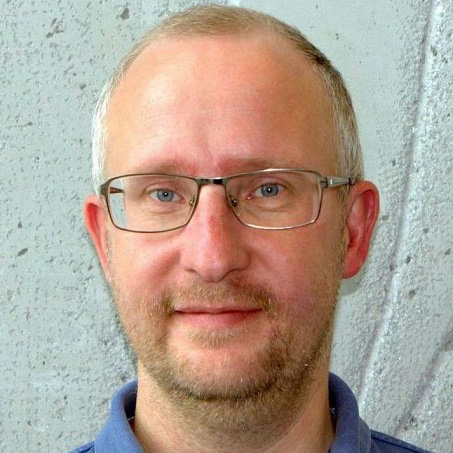Project Abstract
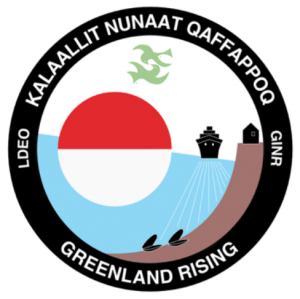 As ice melts around the world, sea level is projected to rise in many places and fall in others. Because Greenland is very close to the changing ice, it is anticipated that the land will rise, and that sea level will fall, impacting both humans, marine life, and natural resources. Community responses to changing sea level depend on accurate, location-specific knowledge of the present-day coastal environment and how it is predicted to change. Given the economic, mining, natural resources, and infrastructure development occurring in the Arctic, there is an urgent need to better understand and communicate the present and future sea level around the island. This joint US-Greenlandic investigator team has identified four key local communities with different infrastructure that are likely to experience differential future coastal environments. By focusing on these four communities, the investigators can develop better models of changes to both land and sea level changes and can map the shallow water environments to determine which habitats and coastal transportation routes may change. Together these new predictions of sea level change and mapping of seafloor habitats can improve the capacity of local communities to respond to change. This integrated approach serves as a template for developing a strategy for communities to respond to the changing ice in the Arctic and around the globe.
As ice melts around the world, sea level is projected to rise in many places and fall in others. Because Greenland is very close to the changing ice, it is anticipated that the land will rise, and that sea level will fall, impacting both humans, marine life, and natural resources. Community responses to changing sea level depend on accurate, location-specific knowledge of the present-day coastal environment and how it is predicted to change. Given the economic, mining, natural resources, and infrastructure development occurring in the Arctic, there is an urgent need to better understand and communicate the present and future sea level around the island. This joint US-Greenlandic investigator team has identified four key local communities with different infrastructure that are likely to experience differential future coastal environments. By focusing on these four communities, the investigators can develop better models of changes to both land and sea level changes and can map the shallow water environments to determine which habitats and coastal transportation routes may change. Together these new predictions of sea level change and mapping of seafloor habitats can improve the capacity of local communities to respond to change. This integrated approach serves as a template for developing a strategy for communities to respond to the changing ice in the Arctic and around the globe.
Sea level changes throughout the Arctic are the combined response of solid Earth uplift or subsidence, oceanic circulation, and gravity field variations driven by changes in glaciers and ice sheets. Due to the adjacent ice sheet, the signals of shallow water change in Greenland may be large, as shown by the NSF-supported Greenland GPS Network (GNET), which has documented uplift rates up to 23 mm/year and subsidence rates of 5 mm/year in the southwest. The goal of this project is to bring together a convergence research team focusing on the integration of the natural, social, and built environments of four different Arctic communities proximal to a changing ice sheet. This focus permits the: (i) use state of the art technologies to map shallow water environment and habitats; (ii) development of data-informed models and projections of how sea level has responded to changing ice in the past, present and future; and (iii) partnering with local communities in both needed data collection to improve the sea level models and the baseline bathymetric mapping to identify hot spots for future change where new infrastructure, fisheries, and other marine use may be susceptible to change.
Logistics Summary
The goal of the Greenland Rising project is to bring together a convergent team focusing for the first time on the natural, social, and built environment of Arctic communities proximal to a changing ice sheet. They have assembled a joint US-Greenlandic team that will focus on four Greenlandic communities experiencing difference responses to the changing ice, with differing natural, social, and built environmental needs to develop a framework of observation, modeling, and community involvement in data collection that can be replicated around the Arctic. With a focus on these four communities they will use state of the art technologies to map shallow water environment and habitats, develop data-informed models and projections of how sea level has responded to changing ice in the past, present and future and partner with local communities in both collecting the data needed to improve the sea level models and the baseline bathymetric mapping to identify hot spots for future change where new infrastructure, fisheries, and other marine use will be susceptible to change. Due to travel restrictions related to COVID-19, the 2020 field deployment is cancelled. The PI is arranging local support for 2020 sampling direct-to-grant. Field work will then be conducted from 2021 - 2023 with researchers working in four Greenlandic communities; Nuuk, Aasiaat, Tasiilaq, and Kullorsuaq. In each year of the project, a field team of 3-8 will be conducting vessel-based research in each community with assistance from their collaborator Greenland Institute of Natural Resources (GINR) who will receive a subaward on the grant. The GINR vessel R/V SANNA will be utilized in Nuuk, Aasiaat, and Kullorsuaq. In Tasiilaq, they will charter a local vessel. There will be outreach and engagement with local residents in each community as part of the project as well.
Season Field Site
2020 Greenland - Aasiaat
2020 Greenland - Kullorsuaq
2020 Greenland - Nuuk
2020 Greenland - Tasiilaq
2021 Greenland - Aasiaat
2021 Greenland - Kangerlussuaq
2021 Greenland - Kullorsuaq
2021 Greenland - Nuuk
2021 Greenland - Tasiilaq
2022 Greenland - Aasiaat
2022 Greenland - Kangerlussuaq
2022 Greenland - Kullorsuaq
2022 Greenland - Nuuk
2022 Greenland - Tasiilaq
2023 Greenland - Aasiaat
2023 Greenland - Kangerlussuaq
2023 Greenland - Kullorsuaq
2023 Greenland - Nuuk
2023 Greenland - Tasiilaq
Keywords
Sea level, Bathymetry, Ecology, Tides, GIA, Greenland
Project Location
Website
Project WebsiteDates
-Location
Nuuk, Greenland; Kullorsuaq, Greenland; Aasiaat, Greenland; Tasiilaq, GreenlandMembers
Principal Investigator
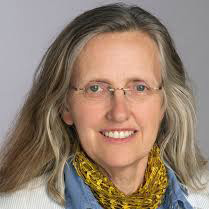
Co-Principal Investigator
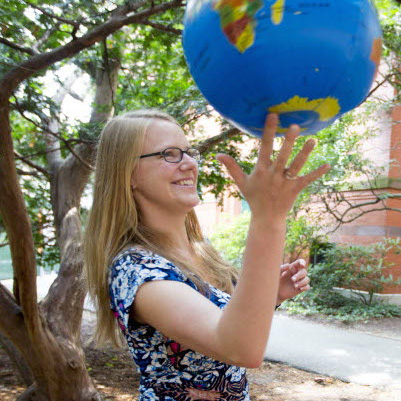
Co-Principal Investigator
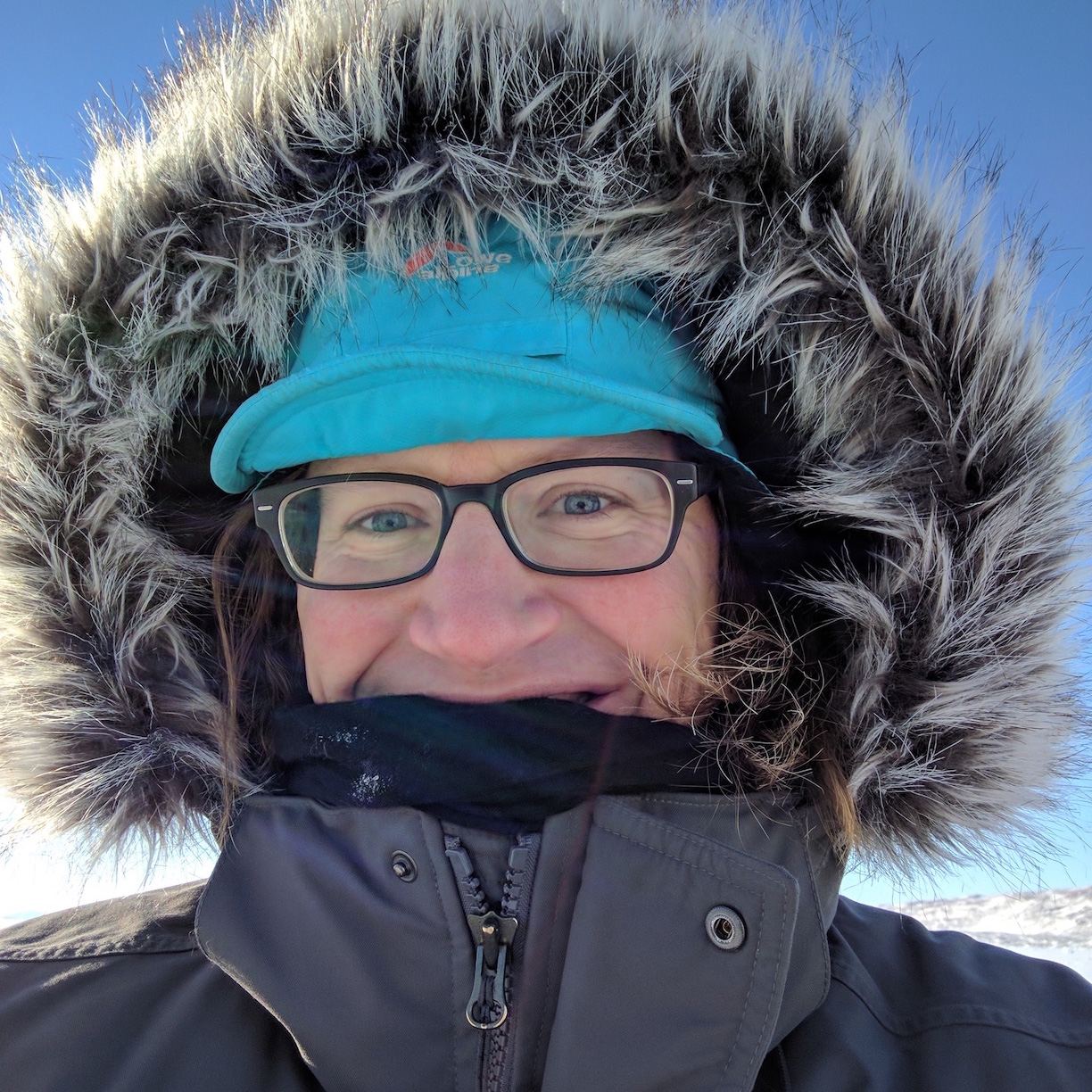
Co-Principal Investigator
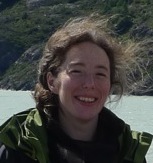
Co-Principal Investigator
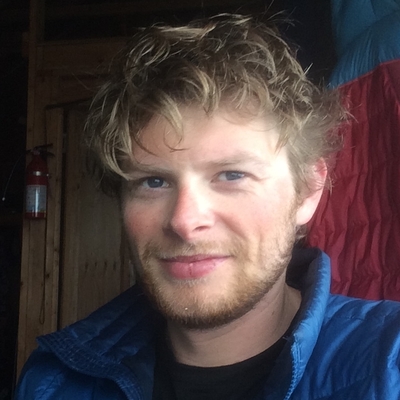
Other
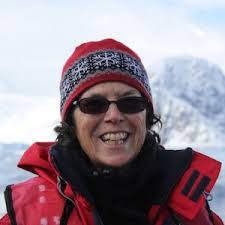
Other
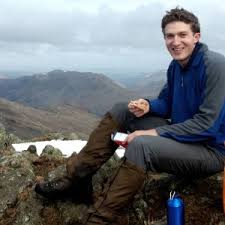
Other
